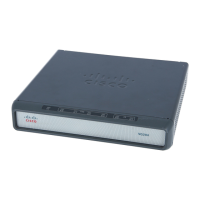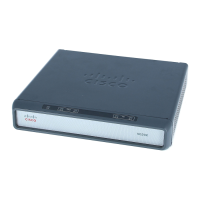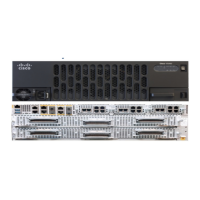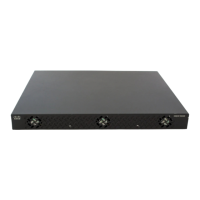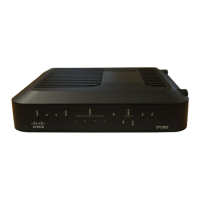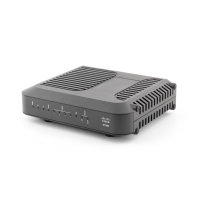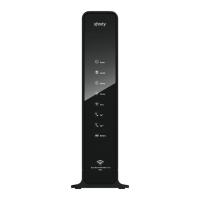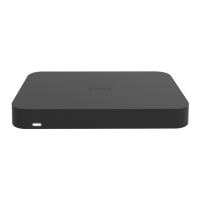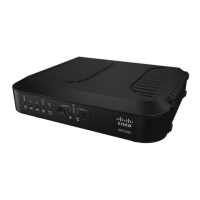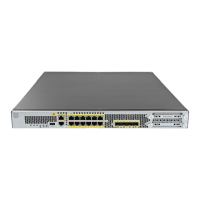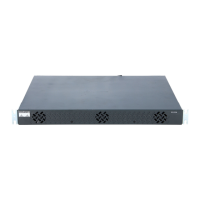Configuring ISG Access for IP Subscriber Sessions
Information About ISG Access for IP Subscriber Sessions
4
IP Sessions
An IP session includes all the traffic that is associated with a single subscriber IP address. If the IP
address is not unique to the system, other distinguishing characteristics such as a VRF or MAC address
form part of the identity of the session. ISG can be configured to create IP sessions upon receipt of DHCP
packets, packets with unclassified IP or MAC addresses, or RADIUS packets. See the “IP Subscriber
Session Initiation” section on page 6 for more information.
IP sessions may be hosted for a connected subscriber device (one routing hop from the ISG) or one that
is more than one hop from the gateway.
IP Interface Sessions
An IP interface session includes all IP traffic received on a specific physical or virtual interface. IP
interface sessions are provisioned through the CLI; that is, a session is created when the IP interface
session commands are entered, and the session is continuous, even when the interface is shut down. By
default, IP interface sessions come up in the state “unauthenticated” with full network access.
IP interface sessions might be used in situations in which a subscriber is represented by an interface (with
the exception of PPP) and communicates using more than one IP address. For example, a subscriber
using routed bridge encapsulation (RBE) access might have a dedicated ATM virtual circuit (VC) to
home customer premises equipment (CPE) that is hosting a number of PCs.
IP Subnet Sessions
An IP subnet session represents all the traffic that is associated with a single IP subnet. IP subnet sessions
are used to apply uniform edge processing to packets associated with a particular IP subnet. When an IP
subnet session is configured, ISG treats the subnet as a single subscriber, which means that ISG features
and functionality are applied to the subnet traffic as an aggregate.
IP subnet sessions are supported for routed IP subscriber traffic.
IP subnet sessions are created the same way as IP sessions, except that when a subscriber is authorized
or authenticated and the Framed-IP-Netmask attribute is present in the user or service profile, ISG
converts the source-IP-based session into a subnet session with the subnet value in the
Framed-IP-Netmask attribute.
Note Where an ingress interface maps to a single subnet, the subnet might be accommodated with an IP
interface session. However, if the ISG is more than one hop away from a subscriber, and there is the
possibility that multiple subnets are accessible through the same interface, IP subnet sessions may be
defined to distinguish the traffic and apply appropriate edge functionality to each subnet.
Coexistence of Multicast and IP sessions
The ISG Session Multicast Coexistence feature introduces the ability to host all the subscribers and
services (data and multicast) on the same VLAN by enabling multicast and IP sessions to coexist on the
same subinterface for Cisco ASR 10000 Series Aggregation Routers. ISG IP sessions are supported on
nonaccess-type subinterfaces. In the case of an existing session or even when no session exists, this
support helps the multicast traffic to pass through the interfaces configured for the IP sessions in both
upstream and downstream directions without creating a session.

